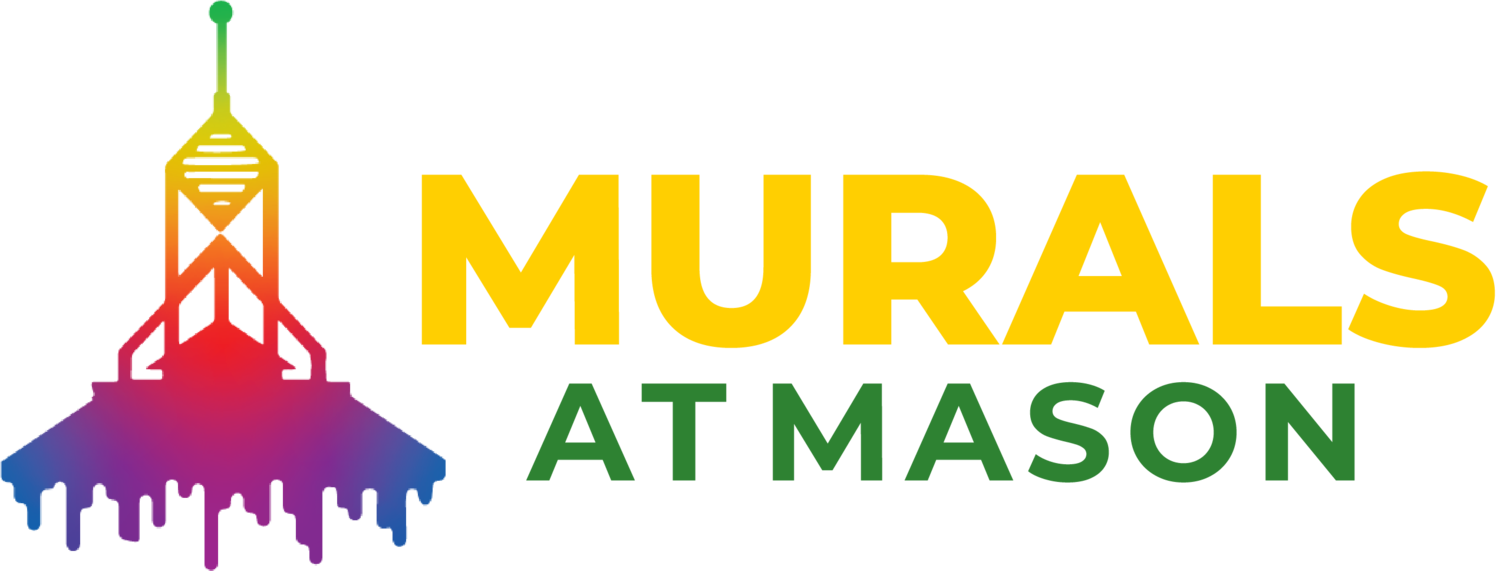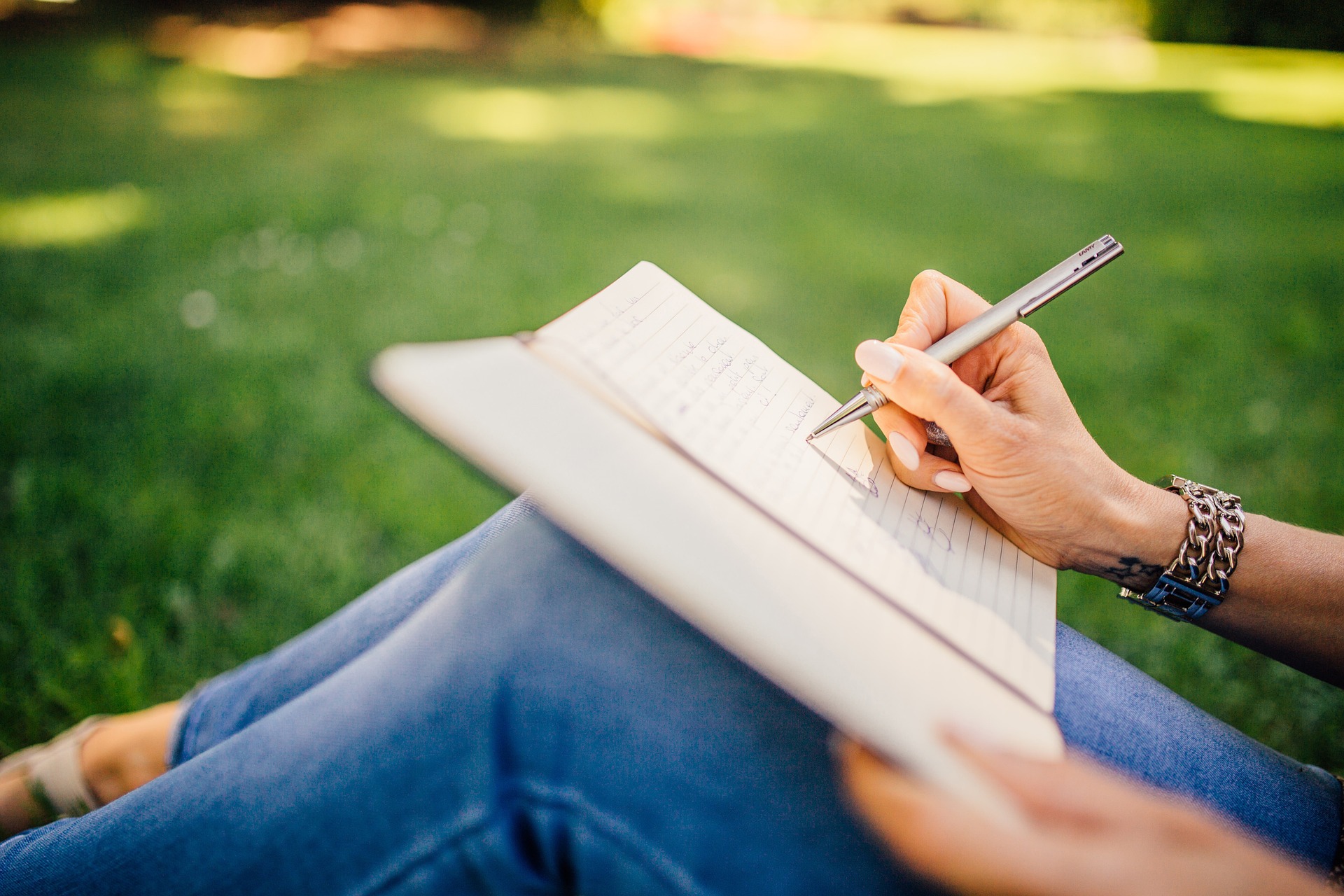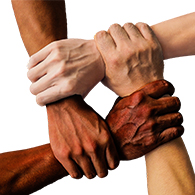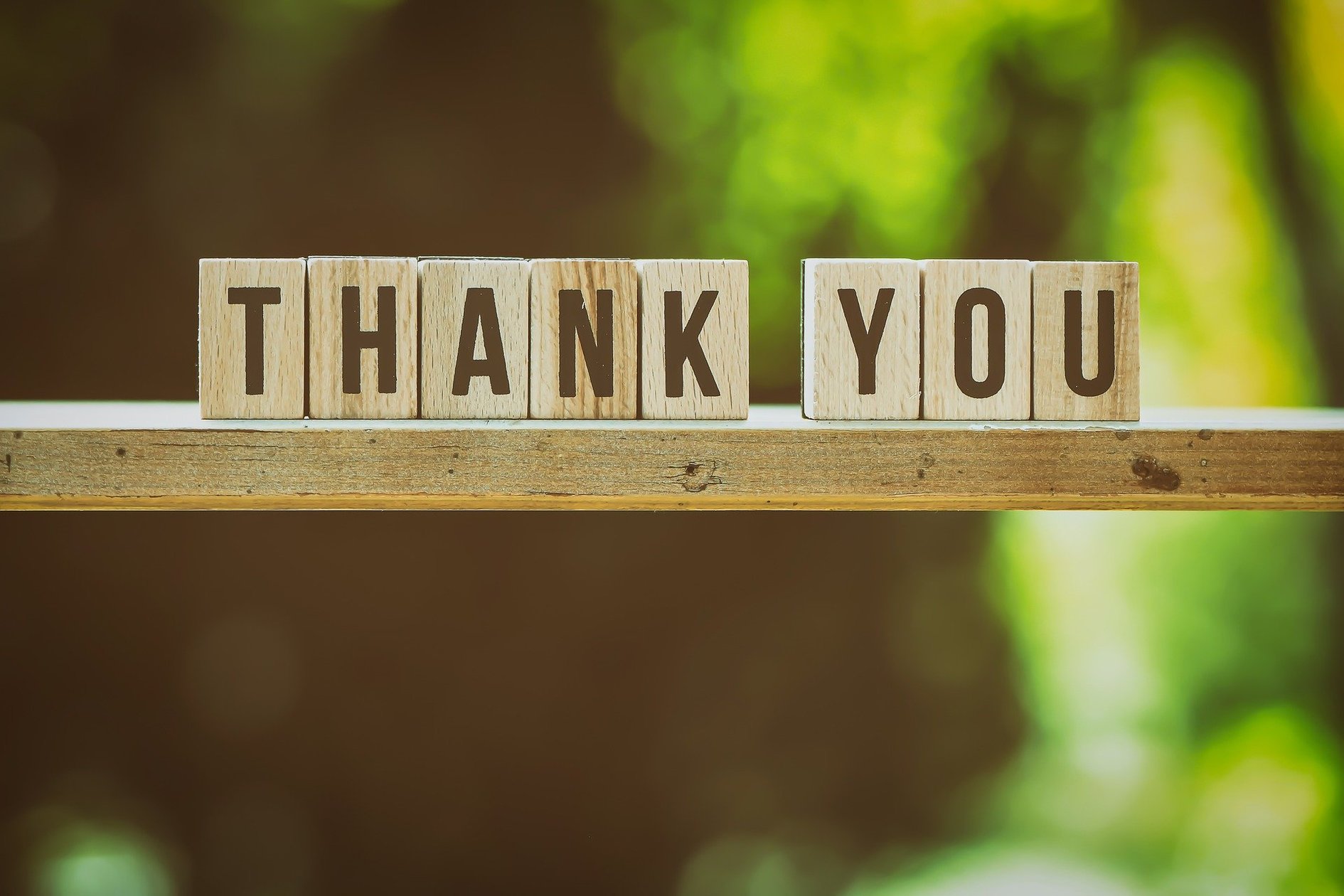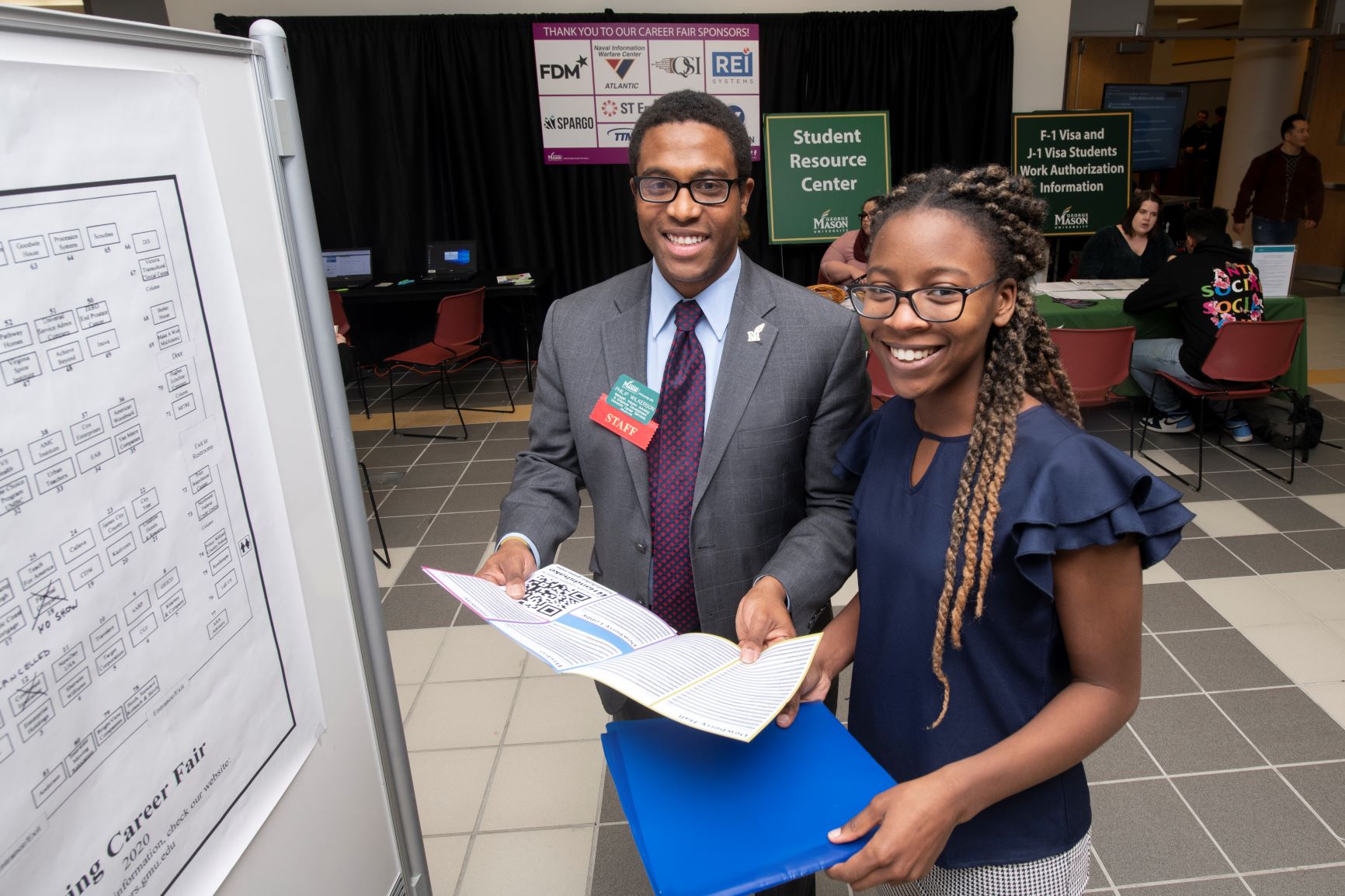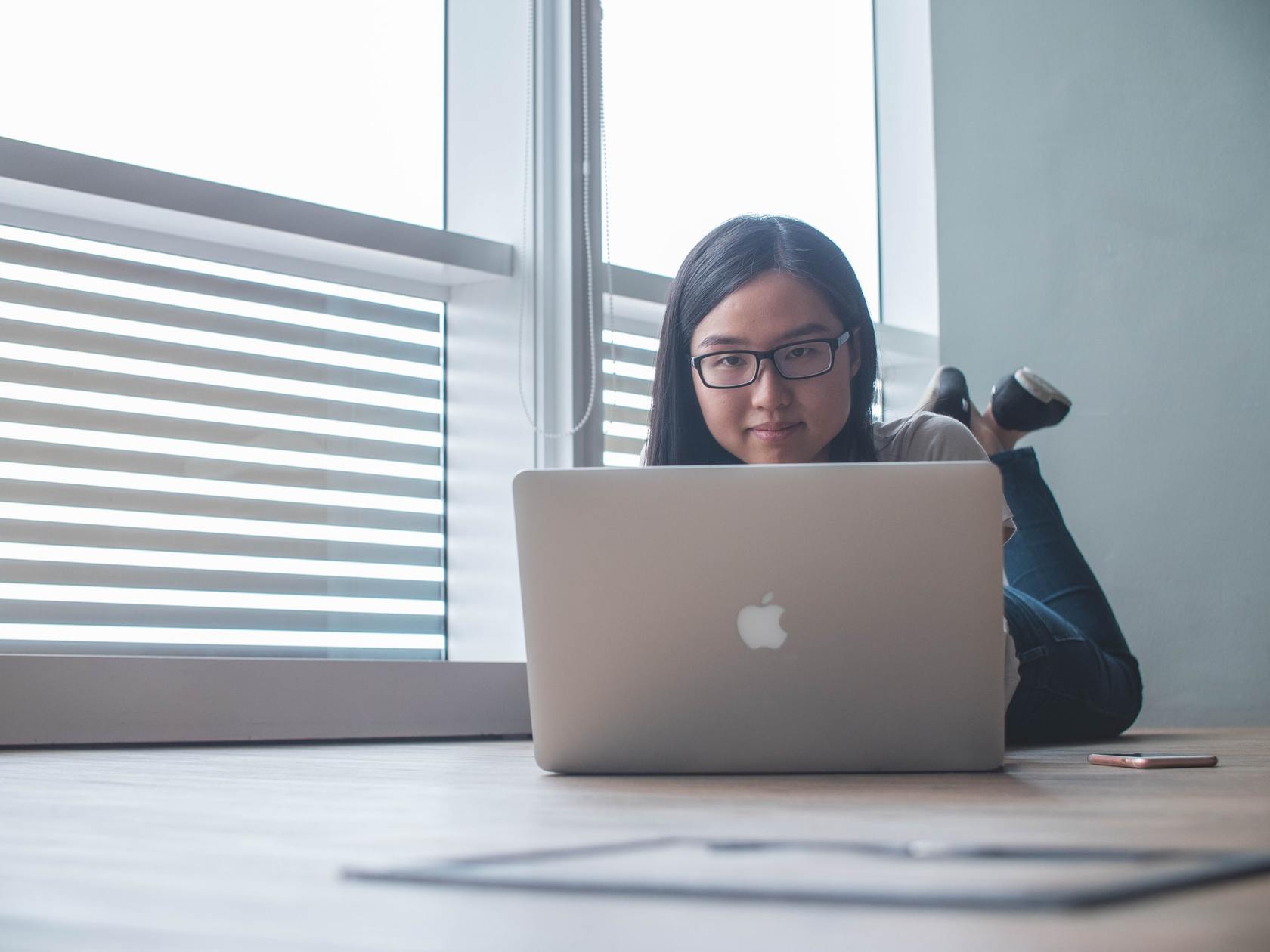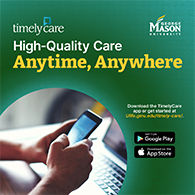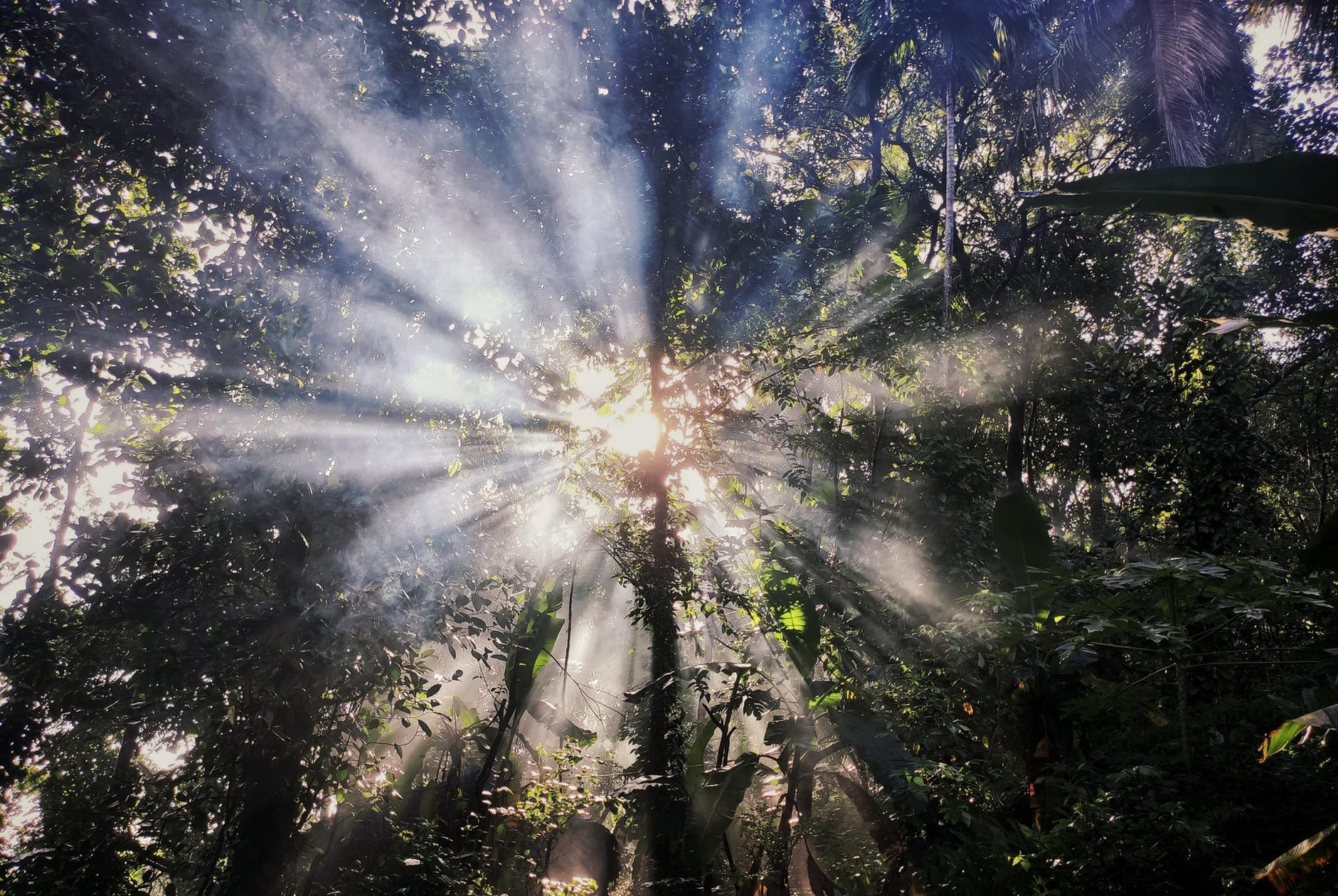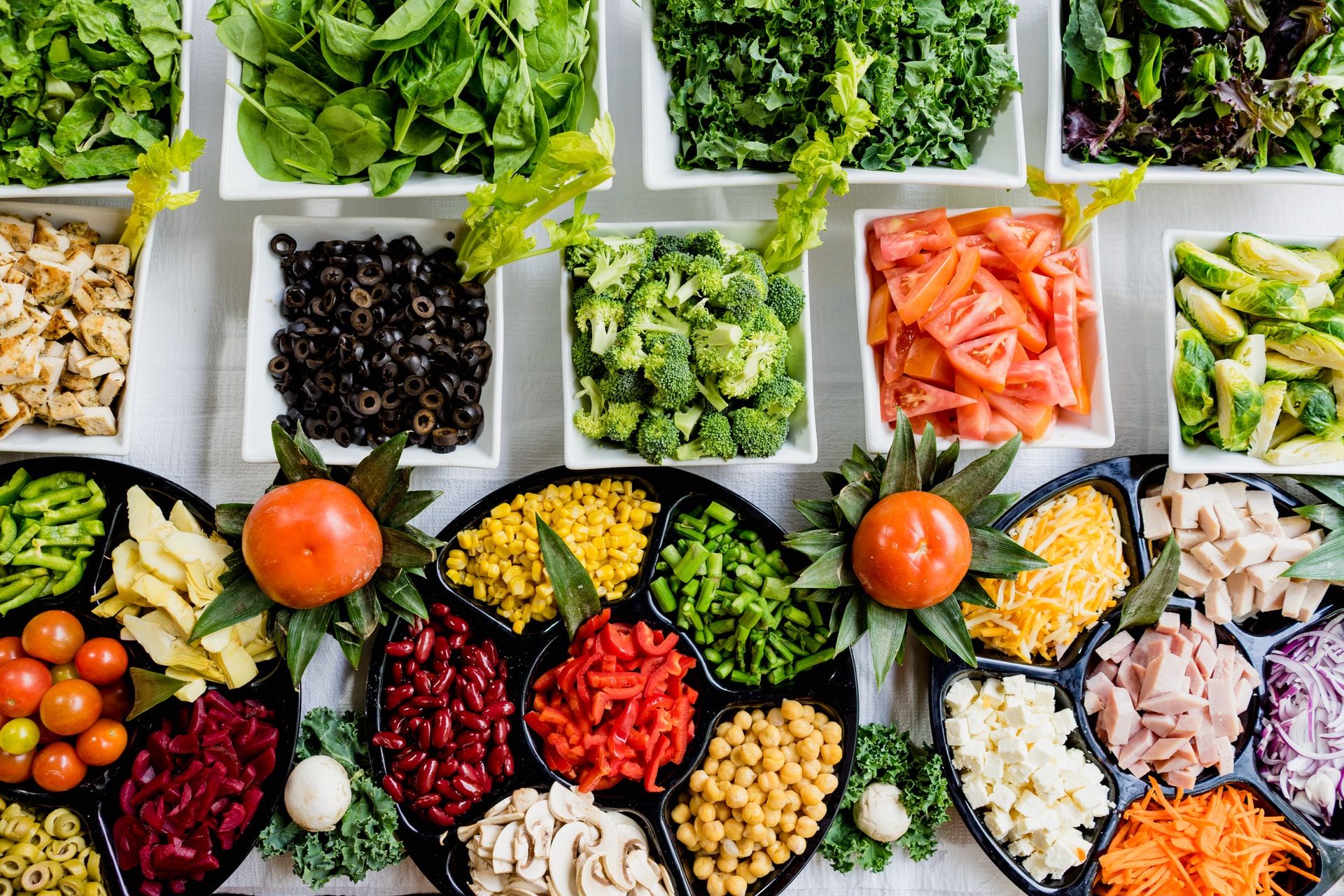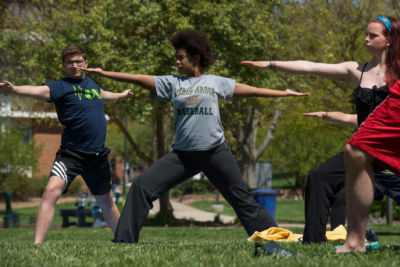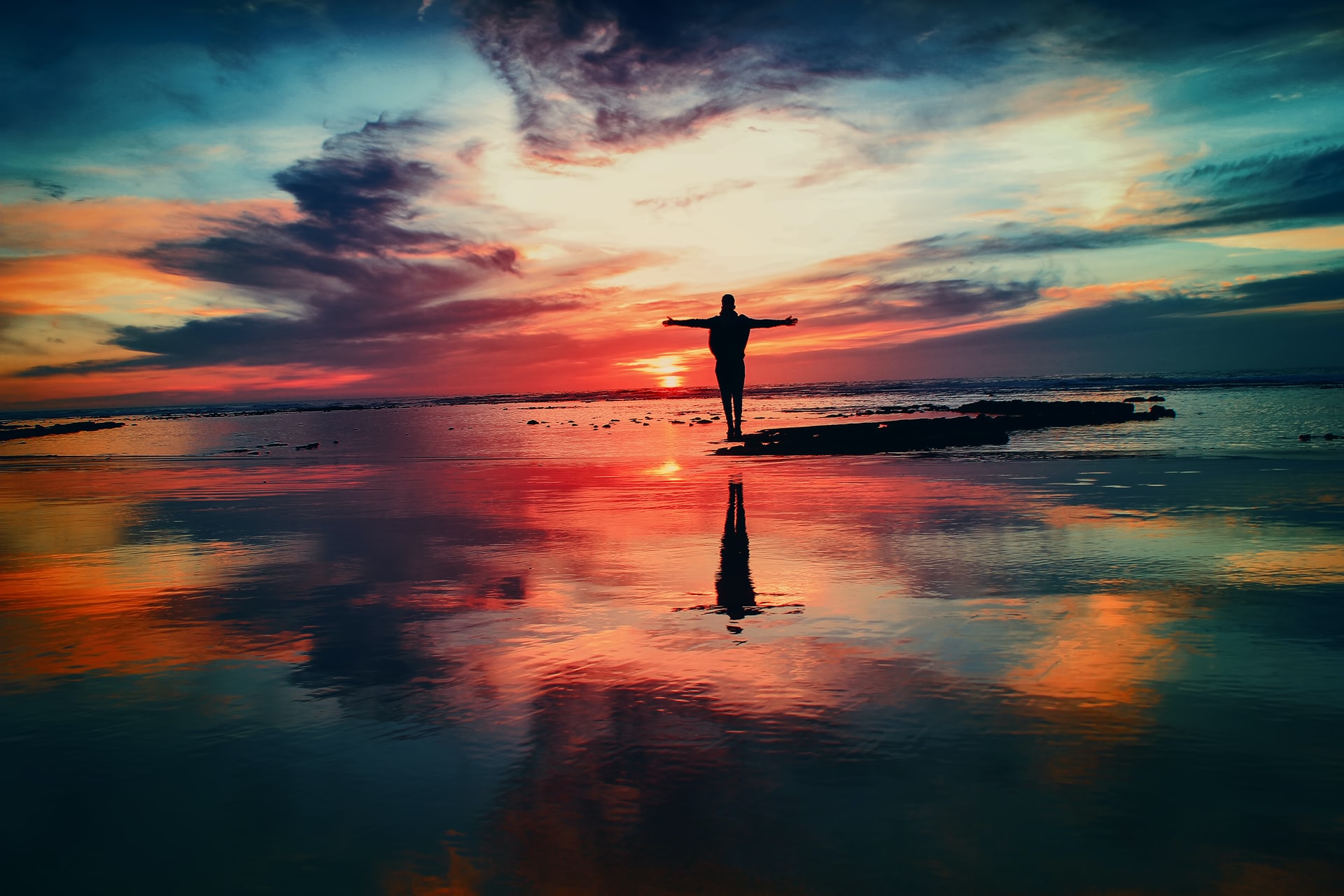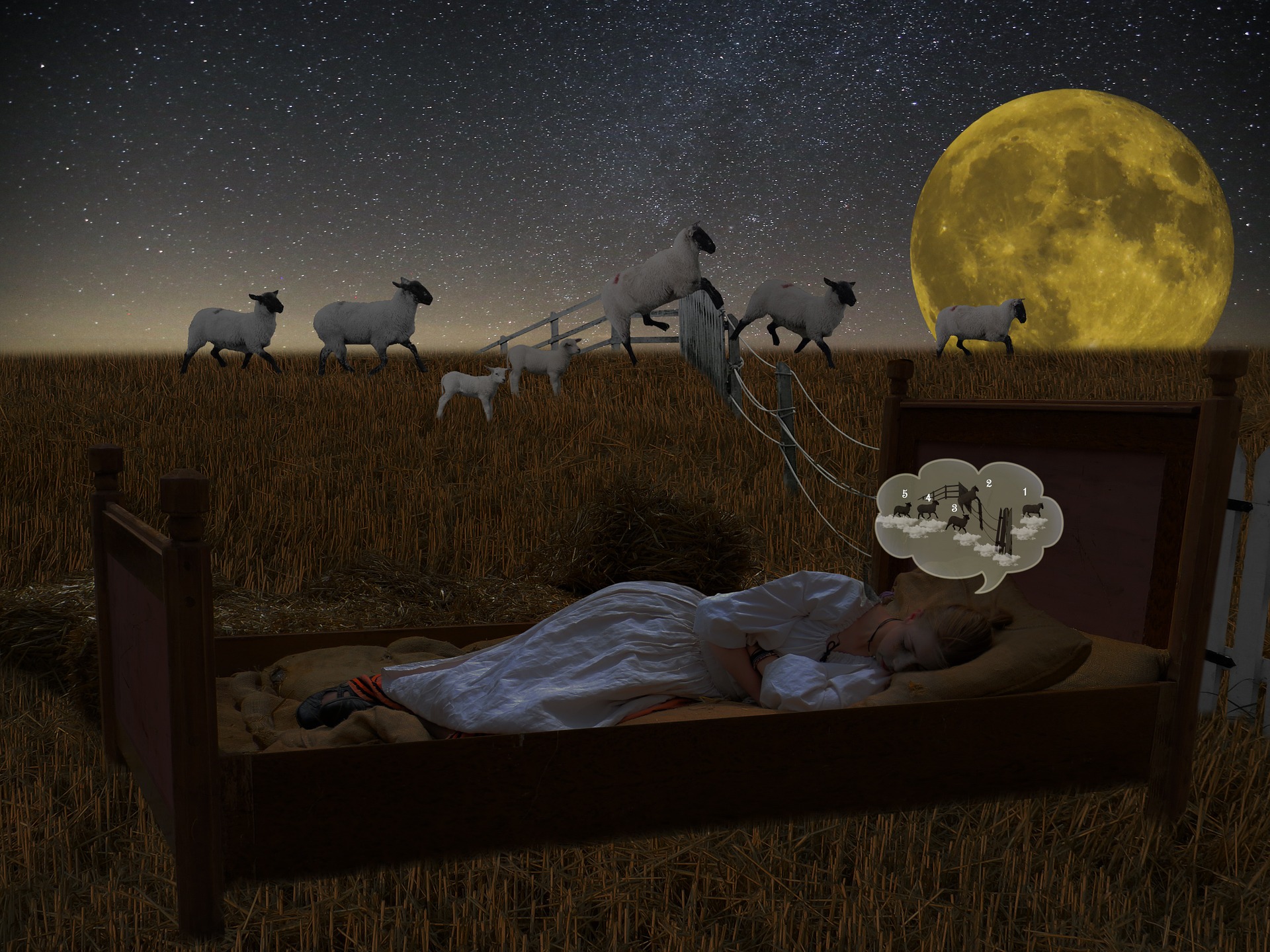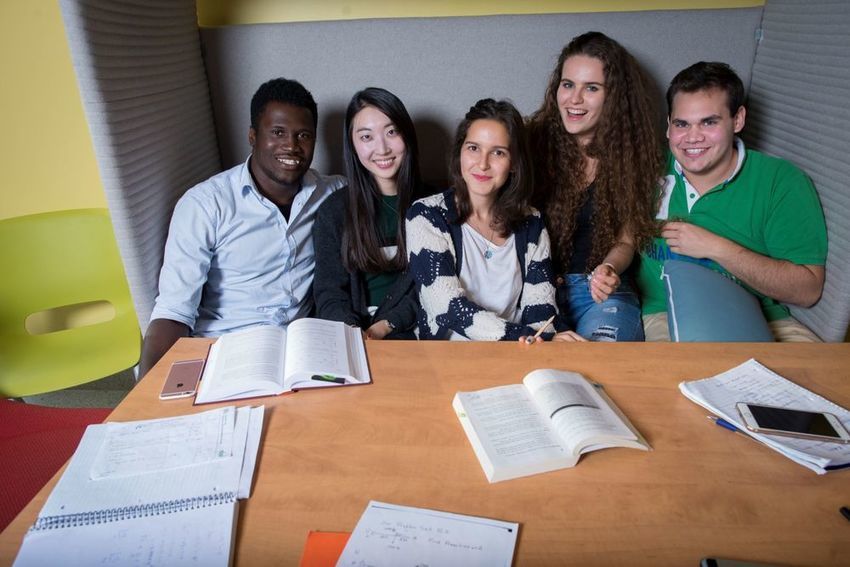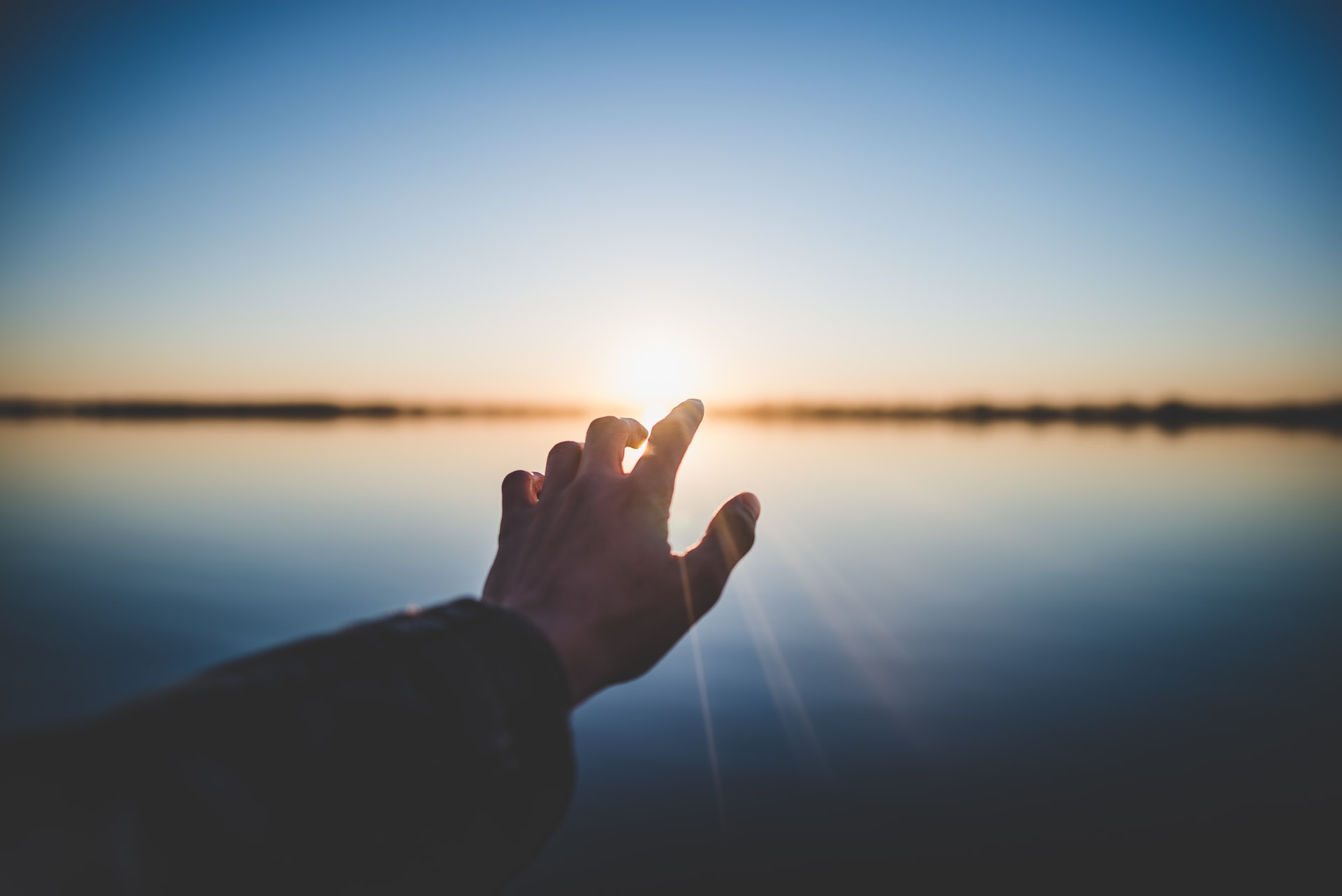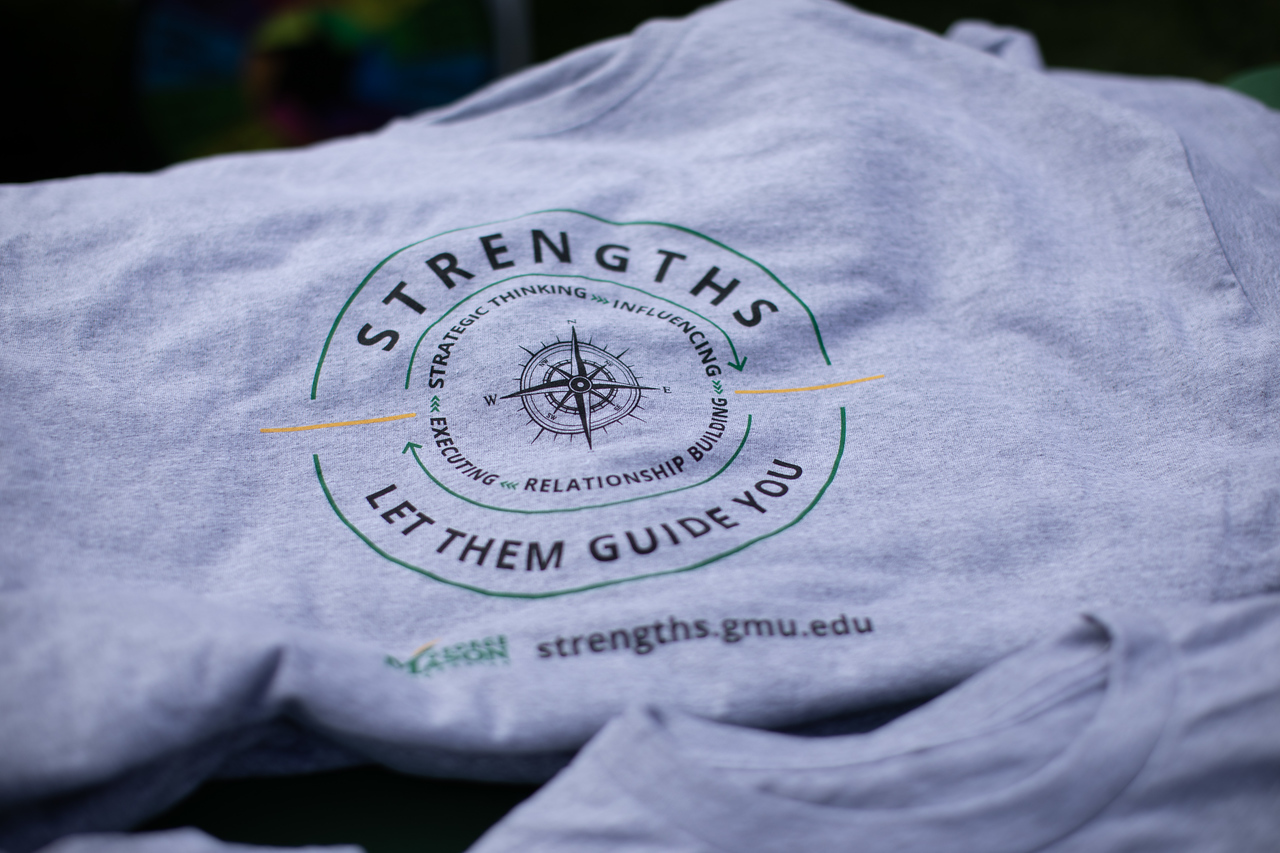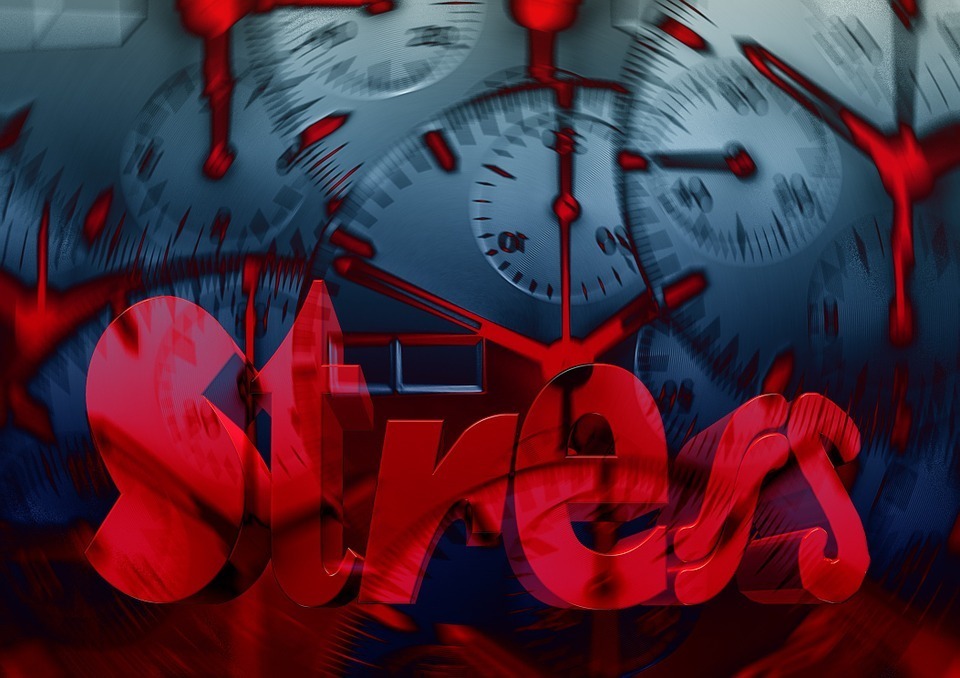By Don Russell, University Curator and Yassmin Salem, Murals at Mason Manager
“A work of Art is completed by the viewer.” – Marcel Duchamp, 20th-century anti-artist
Viewing art helps us learn in ways that can boost our well-being. An artwork challenges our mind and our emotions, and if the right confluence of neural connections lights up in our brains, we experience the transformation of the unknown into a coherent and meaningful memory that, in turn, affects all of our thinking. The shaping of these ever-growing connections in our consciousness is as close as we can get to seeing ourselves for who we are and where we want to go.
A prime distinction of art is its constant state of flux. This may be due to the general migration of meaning over time, but also, art communicates unpredictably – often even to artists themselves. Influential artworks visually represent propositions, intentions, and declarations that can support numerous interpretations. The act of viewing art is a challenge and an art in itself. The visions of artists connect us to our own visions and support our commitment to building self-knowledge. Our relationship to the world becomes a process of seeking visions of our life as daily works of art.
The challenges of a digital world call for study and research into the intricate spectacle of public visual communication. The expression of scientific and academic research will be facilitated not only by computation power, but by new visual modes of data interpretation and display. Such research will facilitate formation of effective and inclusive social structures. The transparency of our data futures will depend on visual literacy. Much is said about illiteracy and innumeracy, but our frenzied visual realms leave us at a loss for critical engagement and authentic communication. Visual literacy will empower people to critically evaluate, to understand, to communicate, to express creatively, and to have the vision and license to enact change.
New forms of art are embracing cross-disciplinary research while contextualizing cultural diversity, well-being, and social equity. Creativity is our most basic shared human capacity and is a powerful way to describe and respond to the global concerns we face.
Art itself does not propose a solution, but imagines a further question. Whether the question is answered is not as relevant as the fact that it created a connective piece of knowledge that furthers human agency.
Over the past year, Mason Exhibitions has had the privilege to collaborate with the musician and sound artist Sam Nester on the production of his Arcadia project. This work expands the boundaries of what art can be by embracing the aesthetic potential of data. Using software to analyze data generated by plants, Arcadia reveals the expression of their voice and visuality. We are accustomed to experiencing great works of human art, but Arcadia amplifies creations of other forms of life and reveals an expanding possibility for wonder and expansion.
A systematic program at Mason for public display of art would give Mason a forward-facing signature as the youngest top-tier research university in the United States.
Try This Exercise
Walking through campus, imagine the visual expression of something you have recently learned. Find a place on campus where this image can live. At that location, leave behind a small, non-invasive indication and trace of your vision for others to see, such as a chalk drawing, a note tied to a tree, or a painted rock. You can also send us a photo or description of the chosen site and what you see there. We will use your insights in plans for future public art on campus.
Contact [email protected] or [email protected] to share your ideas with us.
Learn about Murals at Mason, and use these existing murals on campus as inspiration:
- ‘Arcadia’ at gmu.edu/arcadia
- ‘Fauna of Belmont Bay’ at the Potomac Science Center in Belmont Bay
- ‘Aricama Portal’ on the back of the Art and Design Building
- ‘Full Bellied Laughter’ on the windows of Skyline Fitness Center
- ‘A Digital Identity’ on gmu.edu/digitalidentity
Additional Resources
Learn more by reading these books:
- Art and the Fragility of Democracy: An Essay in Political Aesthetics by Fred Evans
- Critical Issues in Public Art: Context, Content, and Controversy by Harriet Senie
- The Creative Community Builder’s Handbook: How to Transform Communities Using Local Assets, Arts, and Culture by Tom Borrup
Write one of these Thriving Together Series features! We’re looking for contributions on all topics related to well-being. Read other Thriving Together Series articles here and contact us at [email protected] for guidelines. Thank you for helping our Mason community thrive together online!

